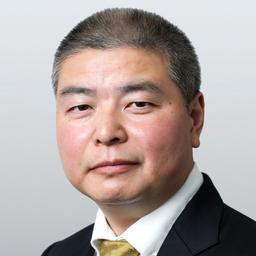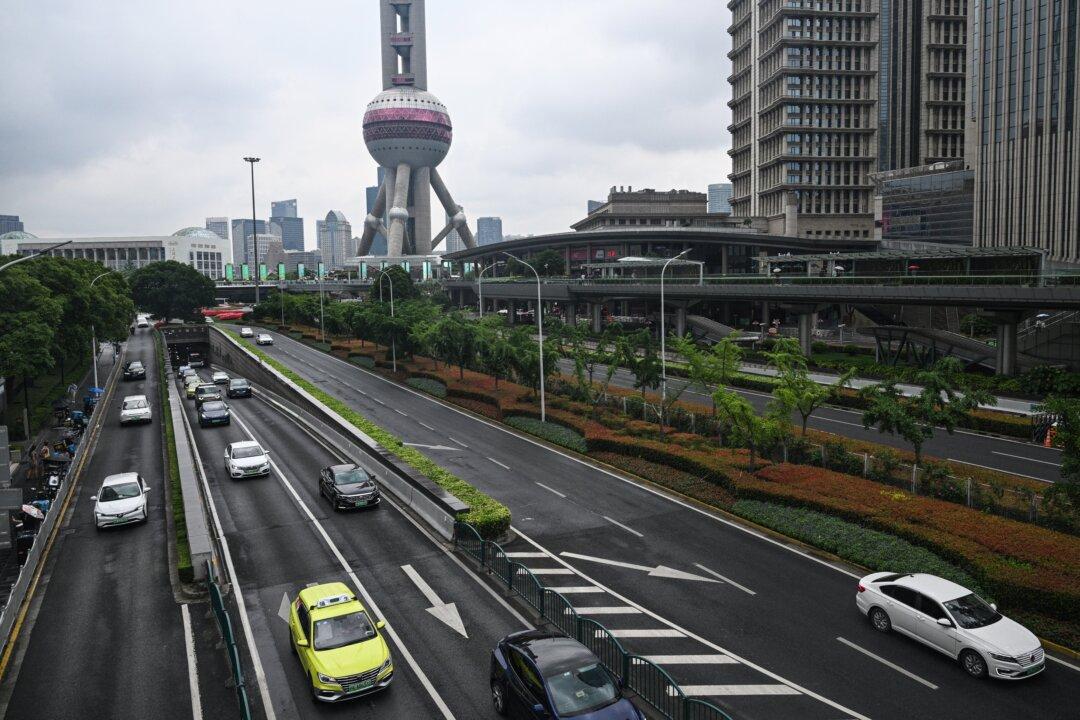The ongoing U.S.–China tariff war is poised to significantly influence the political dynamics of the Chinese Communist Party (CCP), shaping its strategies and responses in unprecedented ways.
U.S. tariffs on Chinese imports hit a new high this month after the Trump administration imposed 125 percent reciprocal duties, in addition to an earlier 20 percent fentanyl-related levy, bringing the total on most goods to an unprecedented 145 percent. The new tariffs took effect on April 10.
Tariff War Deepens Divisions Within CCP
As the U.S.–China trade conflict escalates, internal divisions within the CCP regarding how to respond are becoming increasingly apparent, undermining the regime’s image of a so-called unified leadership.He Bin, the former deputy director of the Public Policy Research Center at the Chinese Academy of Social Sciences, recently criticized Beijing’s tit-for-tat strategy on Chinese social media. He described this approach as “entirely mistaken” and likened it to “shooting ourselves in the foot.” He called for a shift toward complete economic liberalization, including the unilateral removal of all import tariffs.
On Dec. 4, 2024, former central bank governor Yi Gang made similar remarks at the Tokyo–Beijing Forum. He suggested that avoiding retaliation against U.S. President Donald Trump’s tariffs is a sensible strategy. However, he acknowledged that from a political standpoint, not retaliating may make it difficult to satisfy public opinion. His comments underscored the growing divisions within the top ranks of the CCP.
Many people in Beijing view the trade war as a consequence of policy missteps by CCP leader Xi Jinping, which has fueled internal criticism. Xi’s anti-corruption campaign has alienated important factions within the Party, and his 2018 removal of term limits has increased tensions. His hardline agenda—which includes the Hong Kong National Security Law, the “zero-COVID” policy, and tacit support for Russia—has pushed the Party further to the left.
US Uses Tariffs as Leverage for Change
During President Donald Trump’s first term, his tariff campaign pressured Beijing into signing the “phase one” trade deal, though China ultimately failed to meet its commitments. Meanwhile, Beijing faced accusations of concealing pandemic data and misleading the global community, as well as interfering in the 2020 U.S. presidential election, eroding trust and fueling what many dubbed a “new cold war.”5 Possible Scenarios for Political Shifts Within CCP
On top of political infighting, the CCP now faces immense pressure from Trump’s hardline trade agenda. Based on my analysis, five potential scenarios could arise within the CCP’s political trajectory under this dual strain.Scenario One: A reformist figure akin to Russia’s Boris Yeltsin could emerge, break away from the CCP, and lead China toward democratic transformation. This outcome is an ideal scenario.
Scenario Two: The CCP may shift from Xi’s hardline stance to former Party leader Deng Xiaoping’s “hide your strength and bide your time” strategy, restoring U.S. ties—an approach favored by Party elites and beneficiaries of China’s globalized wealth who seek mutual benefits from the cooperation.
Scenario Three: Party leaders may sideline Xi’s power while retaining him as a figurehead, restoring collective leadership as a transitional step toward stabilizing politics and deciding on his successor.
Scenario Five: In a worst-case outcome, the CCP officials could lose all restraint and initiate full-scale military action against Taiwan, potentially triggering direct military conflict with the United States in a desperate bid to distract Chinese citizens from domestic discontent and geopolitical pressures.
As the political situation in China becomes increasingly unstable, I believe this is the moment for the Chinese people to take action and pursue their own path to salvation, rather than allowing the CCP to continue controlling the country’s destiny. As the saying goes, “God helps those who help themselves.” This moment may very well be that critical time.







